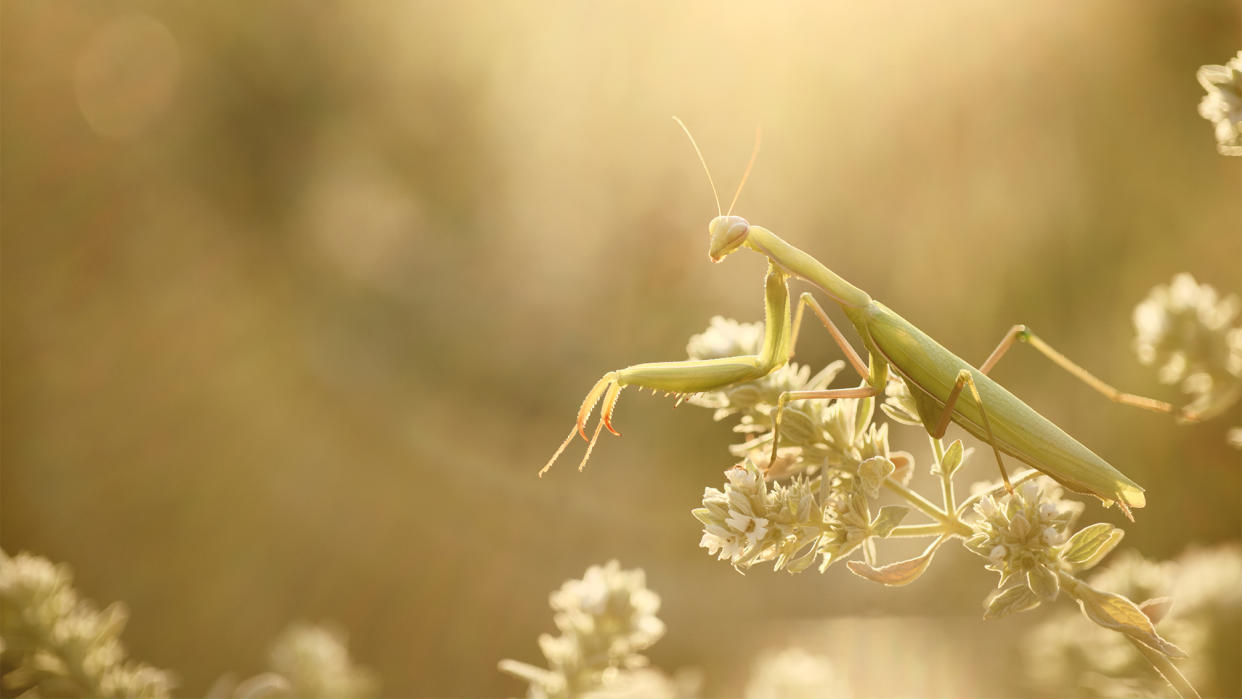“I used natural lighting to illuminate my photo subject and took advantage of the golden hour for the colors"

Macro photography shows the small and often unseen wonders of our world but for Panagiotis Dalagiorgos, it goes even further. “It is a means of expressing my feelings and pushes me to be creative in my compositions. My subjects are usually not that easy for humans to relate to, so I have to think outside the ordinary to evoke some feelings in the viewer.”
During our conversation, Panagiotis shared with me the creative process behind the image and the techniques he employed to capture its stunning detail and vivid colors.
1. Macro details
“To achieve this shot, I had to experiment a little before I got it right,” Panagiotis explains. “I didn’t want to sacrifice too much of the contrast and details.”
He applied a technique known as focus-stacking, which involves capturing multiple images with various focus points and merging them during post-processing. “At this magnification, f/2.8 covers a minimal part of the subject,” he says. By using this method, Panagiotis has presented a comprehensive view of the subject matter, highlighting every detail with precision.
2. Illuminating backlight
“I used natural lighting to illuminate my subject and took advantage of the golden hour for the colours. I used the smaller branches to create a sense of depth in my frame,” Panagiotis explains. To underline this effect, he cropped them fairly tightly, so that the branch the mantis is on stands out.
But this was not his only goal. “I wanted to create some flaring in my lens for a more dreamy effect,” he says. “I was inspired by the story of King Midas, who turned everything he touched into gold. But in my story, he was dreaming of a golden world over which he ruled. So I wanted to evoke a feeling of solitude in this golden world for the viewer.”
3. Shallow DOF
By working with an extreme open aperture of f/2.8, Panagiotis created a shallow depth of field. “That helped me to isolate the subject from its surroundings, contributing to the sense of depth in the frame,” he explains. “It also worked better with the flaring effect.”
When working with low f-stop values, the focus area within the frame becomes much narrower. Therefore, it is advisable to view the image by zooming in at 100 percent on the screen to ensure that the intended elements remain sharp.
4. Rule of thirds
To create a powerful composition, Panagiotis placed the subject on the right of the frame and applied the rule of thirds. “By placing the subject there, it faces towards the left of the frame. Smaller branches indicate that there could be further elements outside the frame that the mantis is looking towards,” he explains.
Tech details
Camera: Sony A7
Lens: Laowa 60mm f/2.8 macro
Aperture: f/2.8
Shutter speed: 1/640 sec
ISO: 100
Others in the Why Shots Work series
Urban street photographer reveals his candid capture secrets
Photographer tells story of getting up close and personal with a python
Discover four key elements that make this stunning photo a success
The 4 photographic decisions that take this motorsport shot to the next level
Photographer tells story of his amazing shot of wallabies fighting on the beach

This article originally appeared in Digital Photographer, a monthly magazine, and the kitbag essential for pros, enthusiasts, and amateurs alike!
Inside, you'll find practical guides, shooting tips, and techniques from working photographers, plus all the latest industry news.View Deal

